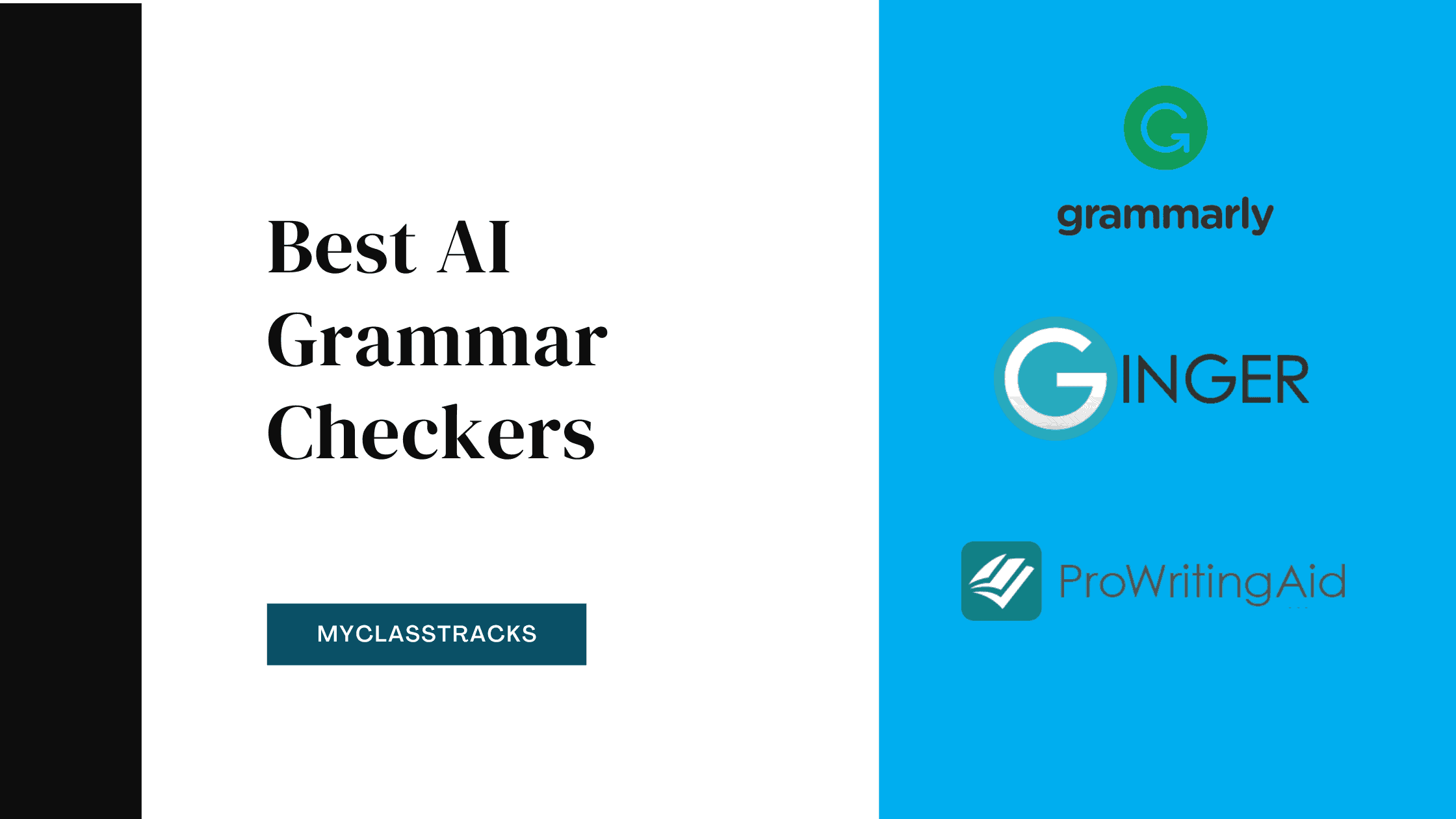Grammar plays a crucial role in effective communication. It helps us convey our thoughts and ideas clearly and accurately. One aspect of grammar that often confuses people is the use of “and” and “but” in sentences. Understanding how to use these conjunctions correctly can significantly improve the clarity and coherence of your writing.
When used properly, “and” and “but” can help connect ideas and show the relationship between different parts of a sentence. However, misuse of these conjunctions can lead to confusion and misinterpretation.
Proper Usage of “and” and “but” in Grammar
One of the most common mistakes people make is using “and” when they should be using “but” or vice versa. “And” is used to add information or ideas that are similar or complementary, while “but” is used to introduce a contrasting or conflicting idea.
For example, consider the following sentences:
- I wanted to go to the movies, but I had to study for my exams.
- I like to read books and watch movies in my free time.
Notice how the use of “but” in the first sentence introduces a conflicting idea, while the use of “and” in the second sentence adds a similar idea.
Another common mistake is using “and but” together in a sentence, which can create confusion and make the sentence less concise. It is important to choose the appropriate conjunction based on the relationship between the ideas you are trying to convey.
By paying attention to the proper usage of “and” and “but” in your writing, you can improve the clarity and effectiveness of your communication.
In conclusion, mastering the use of “and” and “but” in grammar is essential for effective communication. By understanding the differences between these two conjunctions and using them correctly, you can enhance the coherence and clarity of your writing. Practice using “and” and “but” in different contexts to improve your grammar skills and become a more confident writer.
